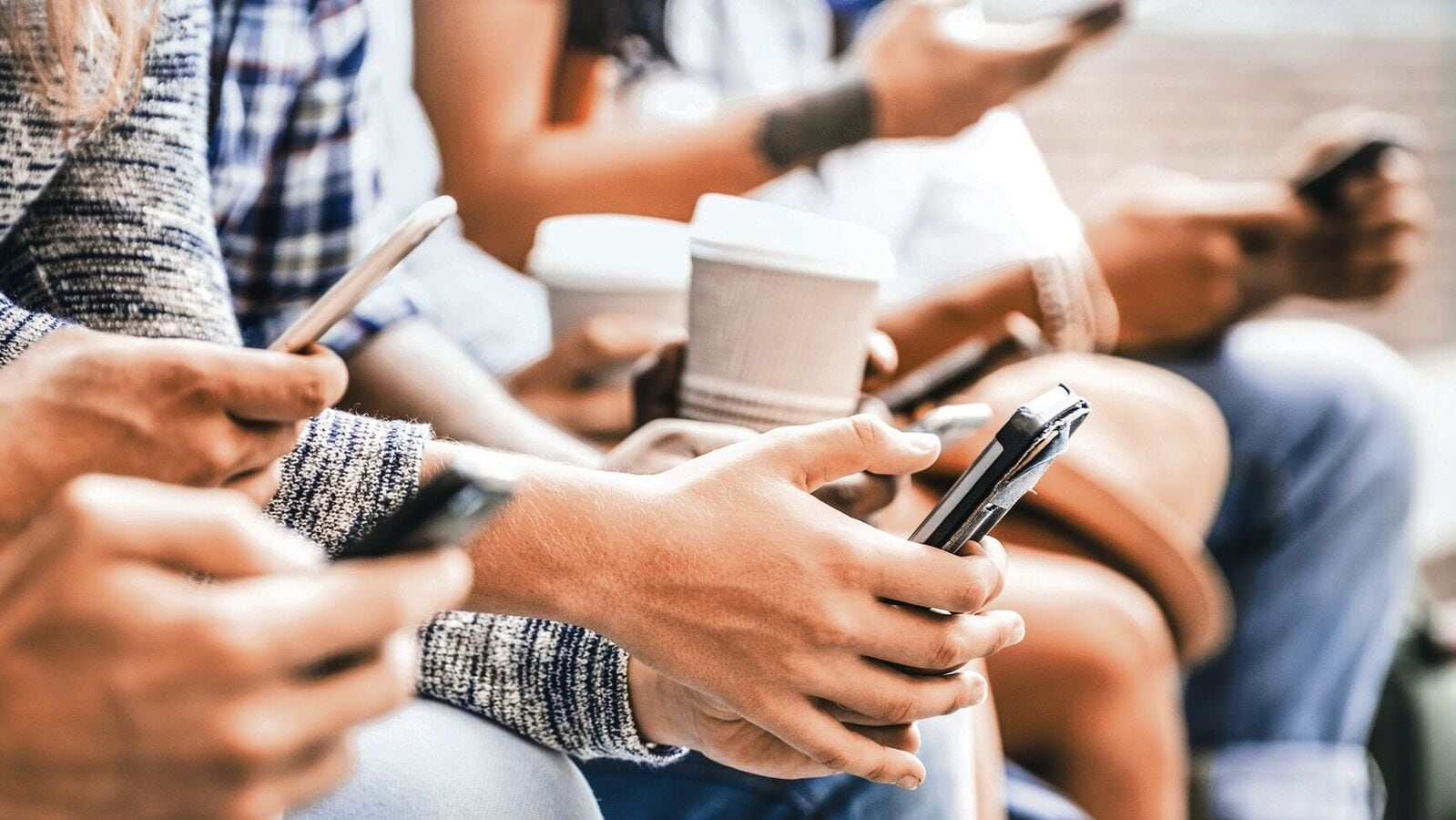On 15 August 1995, Videsh Sanchar Nigam Ltd (VSNL) launched India’s first public internet service. Before this, the internet was available only for limited use by educational and government institutions. Since the launch, the tech wonder has transformed communication, commerce, finance, education, and entertainment, becoming an inseparable part of daily life for millions of Indians. As we complete three decades since this milestone, here’s a look at the journey—and where India stands today.

View Full Image
Mint
Key Takeaways
- VSNL launches public internet in Delhi, Bombay, Calcutta, Madras and Pune, with initial hiccups in connectivity
- India’s first cyber cafe opened at Hotel Leela Kempinski, Mumbai
- Information Technology Act passed to pave way for dealing with cybercrime and e-commerce
- A new broadband policy sets penetration targets (broadband defined as ≥256 kbps)
- BSNL, MTNL launch broadband service at about ₹500/month
- Facebook opens up to users worldwide, including India
- YouTube India launched
- MTNL launches India’s 3G mobile service in Delhi
- National Cyber Security Policy sets up a framework to safeguard public and private infrastructure from cyber threats
- Digital India launched with the vision to make India a “digitally empowered society and knowledge economy”
- UPI, a new way to make payments, launched
- Reliance Jio launches free 4G services across India, kicking off a steep surge in internet use
- T-series becomes the first YouTube channel to surpass 200 million subscribers
- IndiaAI Mission announced: an AI initiative with a ₹10,372 crore outlay over five years to expand computing, datasets, and domestic AI capabilities
- Starlink, which will allow satellite-based internet, gets its licence approved
Signal revolution
Mobile technology has played a pivotal role in making the internet accessible to the remotest corners. From 2G’s voice calls and SMS to 3G’s mobile internet and apps, 4G’s video and cloud services, and now 5G in the era of artificial intelligence, the evolution has been rapid. It has enabled financial inclusion, remote education, telemedicine, micro-entrepreneurship, real-time market information, and faster disaster response.
Expanding access
Internet adoption has surged, crossing a 50% penetration rate three years ago. The country is also catching up with global levels, but remains behind emerging market peers like China. Indians already consume more mobile data than others, and this is set to rise significantly. A basic mobile voice and data package costs around 1% of per capita income, making India one of the cheapest places to go online.
Gaps in the market
In India, young people use the internet widely, but many may also be lost with making full use of it. The gender gap on access and digital skills is stark. Internet access in rural areas is also inadequate. Meanwhile, India also faces the challenge of having an internet duopoly.
